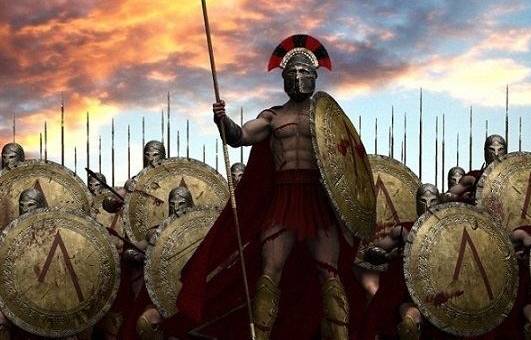What are the most disturbing facts about ancient Sparta that most people don’t know? Ancient Sparta, often romanticized for its military prowess and austere lifestyle, had several disturbing aspects that are less well-known. Here are some of the most troubling facts about Spartan society:
The Agoge and Child Abuse:
Starting at the age of seven, boys were taken from their families and subjected to harsh conditions, including severe physical training, minimal food, and constant discipline. They were encouraged to steal to supplement their meager rations, but if caught, they were severely punished, not for the act of stealing, but for being caught.
Eugenics and Infanticide:
Spartans practiced a form of eugenics, where newborns were inspected by elders. If deemed weak or deformed, the infants were left to die on the slopes of Mount Taygetus. This practice was intended to ensure that only the strongest and most capable individuals survived to adulthood.
Helotry and Brutal Suppression:
The Spartan economy was heavily reliant on the helots, a subjugated population primarily composed of the descendants of conquered peoples. Helots were treated harshly, subjected to brutal labor conditions, and were frequently humiliated and beaten. The Spartans also engaged in the practice of the Krypteia, a secret police force that terrorized the helots and killed any who seemed rebellious or strong-willed.
The Krypteia:
This was an institution where selected young Spartan men were sent out into the countryside to live off the land and kill helots who were seen as threats to the state. This not only served as a method of control over the helot population but also as a means for the young Spartans to practice the art of stealth and assassination.
Women’s Roles and Reproduction:
While Spartan women had more rights and responsibilities compared to their counterparts in other Greek city-states, their primary role was to produce strong offspring. Women were expected to be physically fit to bear healthy children. The state sometimes even intervened in marriages, encouraging men and women to have children with partners who were not their spouses if it was thought that it would result in stronger offspring.
Spartan Communal Dining:
Spartan men were required to eat at communal messes called syssitia. This was part of the austerity and communal lifestyle but also served to reinforce equality among citizens. However, the food was notoriously bad, with the infamous “black broth” being a staple. This concoction, made from pig’s blood, salt, and vinegar, was so unappetizing that it was said other Greeks couldn’t stomach it.
Ritualized Violence and Desensitization:
The training and lifestyle in Sparta desensitized young boys to violence and death. They were taught to endure pain and were often pitted against each other in brutal contests to toughen them up. This harsh upbringing aimed to create fearless warriors but at the cost of normal human empathy and compassion.
The Plutarch Myth:
Much of what we know about Sparta comes from later sources, particularly Plutarch, who wrote centuries after the peak of Spartan power. His accounts, while detailed, are often considered idealized or exaggerated. The true nature of Spartan society may have been even harsher and more repressive than his writings suggest.
These elements paint a picture of a society that, while impressive in its military achievements, was built on a foundation of brutality, oppression, and severe social engineering. The Spartan ideal of producing perfect soldiers came at the cost of significant human suffering and loss of individual freedoms.


